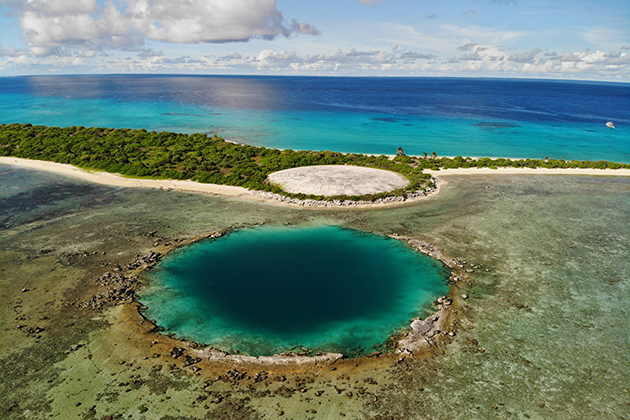Judge in Trump conspiracy case links Jan. 6 to history of racist violence
On Friday, Federal District Judge
Amita Mehta ruled that a civil suit alleging a conspiracy to foment the Jan. 6 insurrection could proceed. In an extremely thorough and detailed 112-page ruling, Mehta concluded that the plaintiffs had made a “plausible” case that former
President Trump himself was at the center of a conspiracy to stop the peaceful transfer of power.
While plausibility is not the same as proven, Mehta’s ruling is the first time such a finding has been made in an official proceeding.
It brings the nation one step closer to learning the truth about Trump’s role in the Jan. 6 insurrection. It keeps alive an important avenue for holding him accountable for his actions.
And it paves the way for the work of the U.S. House Select Committee to Investigate the January 6th Attack on the United States Capitol.
But there seems nothing crazy or partisan about Friday’s ruling.
In fact, at the same time that Mehta painstakingly reviewed the evidence against Trump, he delivered a victory to the president’s son, Donald Trump, Jr., and
Rudy Giuliani by dismissing claims made against them.
The judge was also well aware of the momentousness of allowing the suit against the former president to proceed. “To deny a president immunity from civil damages is no small step,” Mehta wrote. “The court well understands the gravity of its decision. But the alleged facts of this case are without precedent, and the court believes that its decision is consistent with the purposes behind such immunity.”
Mehta framed the almost unimaginable fact that an incumbent president tried to undo the results of an election in light of the well-established principles of civil conspiracy. He did an especially important service to the public and to the Jan. 6 Committee by debunking the popular misunderstanding that to be guilty of conspiracy people need to meet “secretly to hatch a plan to violate the law.”
The kinds of
conspiracies that the law prohibits do not “require such a degree of deliberation, formality and coordination. In fact a civil conspiracy requires only an express or “tacit” agreement to “participate in an unlawful act or a lawful act in an unlawful manner.”
It is enough, the judge wrote that members of the conspiracy “‘in some way or manner, or through some contrivance … came to a mutual understanding to try to accomplish a common and unlawful plan.’”
The judge detailed the steps that Trump took to “‘prevent, by force, intimidation or threat’” congressional certification of Biden’s election to the presidency. He was clear and direct in laying out the evidence that suggests the plausibility of the plaintiffs’ contention that Trump and his allies “created the conditions that would enable the violence” that happened on Jan. 6.
The president’s role was, as Mehta puts it, “multifaceted.” His co-conspirators included the Proud Boys, the Oath Keepers and “others who entered the Capitol … with the intent to disrupt the certification of the Electoral College vote through force, intimidation or threats.”
This multifaceted role included Trump’s months-long lies about election fraud and corruption, his invitation to supporters to come to Washington, D.C., on Jan. 6 to be “wild,” his direct involvement in planning that event, his speech to his supporters assembled there, and his response — or lack thereof — to events as they unfolded later that afternoon.
In a particularly damning part of his opinion, Mehta notes that it was “the president’s and his campaign’s idea to send thousands to the Capitol while the certification was underway. It was not a planned part of the rally.”
They were seeking to nullify the Black vote that had played a critical role in Biden’s victory.

thehill.com




